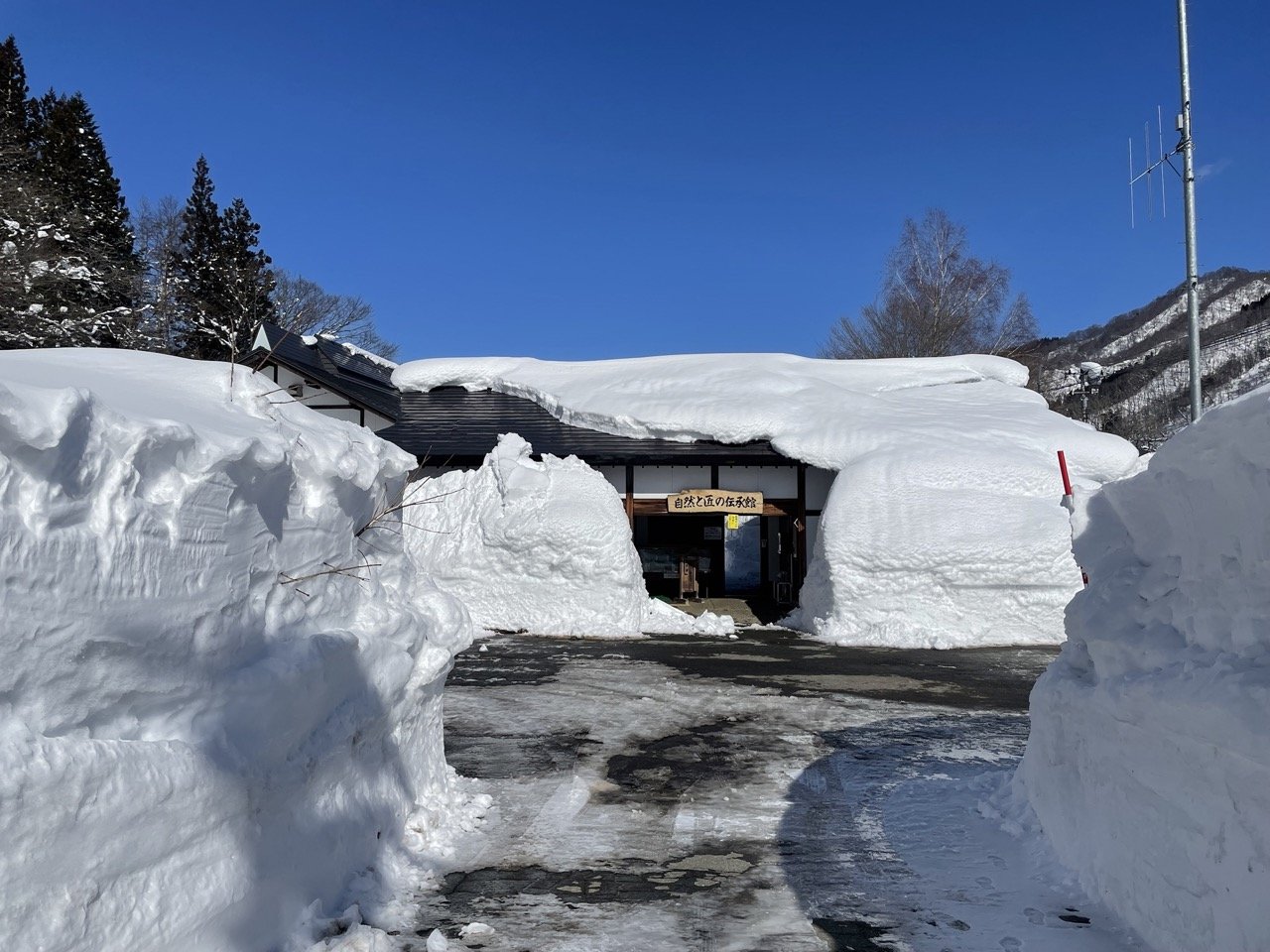Japanese conservation techniques - from Northern Japan to North London
Frame’s Leina Taylor making washi paper in Yamagata, Japan.
After completing an MA in the conservation of works on paper while working at Frame London, Leina Taylor embarked on a 5-month internship focused on Japanese paintings conservation in Yamagata—a small city in the northern Tohoku region of Japan. During her time there, she deepened her understanding of traditional materials and techniques, as well as the nuanced differences in conservation philosophies between the UK and Japan.
All of Leina's research into this specialist field continues to inform our practices at Frame London in our ongoing efforts to remain at the forefront of artwork conservation framing. The knowledge she gained helps us to better protect and preserve the artwork that passes through our studio for years to come.
In our 2-part series, Leina shares insights into the processes and techniques she learned during her travels in Japan.
The papermaker’s at the foot of Mount Gassan in Yamagata
Practices of conserving, restoring, and mounting paintings in East Asia are rooted in ancient traditions that were first established in China during the Song dynasty (960-1279) before their dissemination into Japan during the Muromachi period (1333-1573). However, more broadly speaking, evidence of conservation approaches can be traced in Japan as early as the Nara period (AD710 onwards).
With Japan’s centuries-old expertise in conserving artefacts, many traditional materials and techniques remain in continued use today with relatively minor change and have also had significant influence on contemporary Western paper conservation practices. Two key materials - wheat starch paste and Japanese paper - have been adopted from traditional scroll mounting methods and are widely used in paper conservation treatments. Their ‘reversibility’ and freedom from harmful substances make them ideal materials for hinging and mounting techniques, aiding in the long-term preservation of works of art on paper. These techniques are at the heart of our business here at Frame London and the materials are ones we use every day in insuring artwork is correctly preserved and presented.
Above: Mixing and making wheat starch paste making in Yamagata - a technique we replicate at Frame’s North London studio.
The Process of Making Wheat Starch Paste: A Vital Tool in Conservation Framing
What is Wheat Starch Paste?
Wheat starch paste is a traditional adhesive made from deglutenised wheat, cooked in purified water. During the cooking process, the starch granules in the wheat swell up to 30 times their original size, creating a sticky, gel-like substance that's perfect for mounting and conservation work.
The magic happens when the paste is heated to specific temperatures. Swelling begins at around 45–55°C, but it's only when the temperature reaches approximately 85°C that the paste achieves the ideal viscosity and tackiness. Higher temperatures cause the paste to break down, so careful control is essential. Throughout the process, continuous stirring ensures even heat distribution, which is crucial for achieving the smooth and consistent gelatinization that gives the paste its strength.
Once the paste reaches the desired consistency, it’s allowed to cool. As it cools, its viscosity and gelatinization increase, and the paste is then sieved to remove any lumps. This step ensures that the paste remains smooth, even, and easy to work with for further treatments.
Why Wheat Starch Paste is Essential in Conservation Framing?
Wheat starch paste is incredibly versatile and effective, even when used in tiny amounts or at highly diluted concentrations. One of the key benefits of wheat starch paste is its high adhesive strength. It can bond materials together with remarkable precision, even for delicate works on paper.
Additionally, one of the most important aspects of using wheat starch paste in conservation is its reversibility. Because the paste swells upon contact with moisture, it can be easily removed, making it an essential tool in the conservation world. This reversibility allows conservators to undo any work done, ensuring that artworks can be treated, repaired, or altered without damaging the original materials.
The process at FRAME London
At Frame London, we replicate this traditional process of making wheat starch paste every week in our North London studio. By cooking the paste ourselves, we can guarantee that all of our works on paper are mounted with the highest-quality materials and using reversible, archival-safe techniques.
The process we use is remarkably similar to the methods still practiced in Northern Japan, where wheat starch paste has been used for centuries. To give you a sense of the process, we’ve included a video below showing the full procedure, from start to finish. It’s an incredible example of how the age-old technique has stood the test of time, and why it continues to be an indispensable tool in the world of conservation framing.
Whether it’s for mounting art, restoring a historical document, or ensuring the longevity of a treasured piece, wheat starch paste remains a cornerstone of conservation framing. Its strength, versatility, and reversibility make it the ideal adhesive for works on paper, allowing conservators to protect and preserve while maintaining the integrity of the original artwork.
Watch the video to see the process in action, and next time you visit Frame London, you'll know exactly what goes into ensuring that each and every piece is mounted to perfection.






